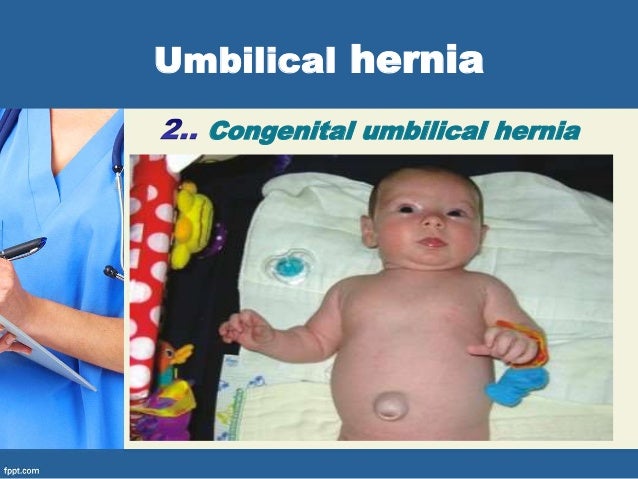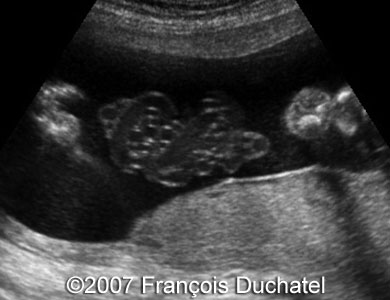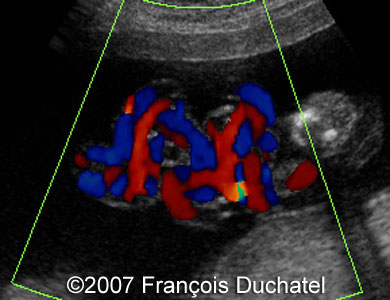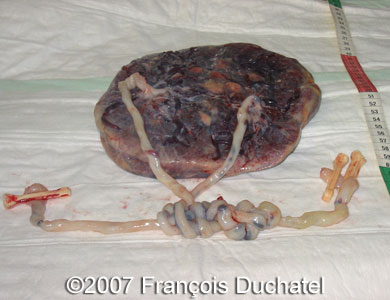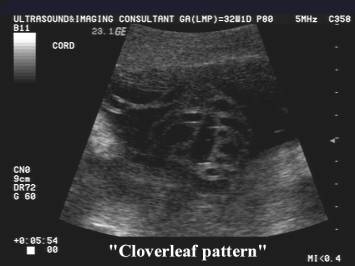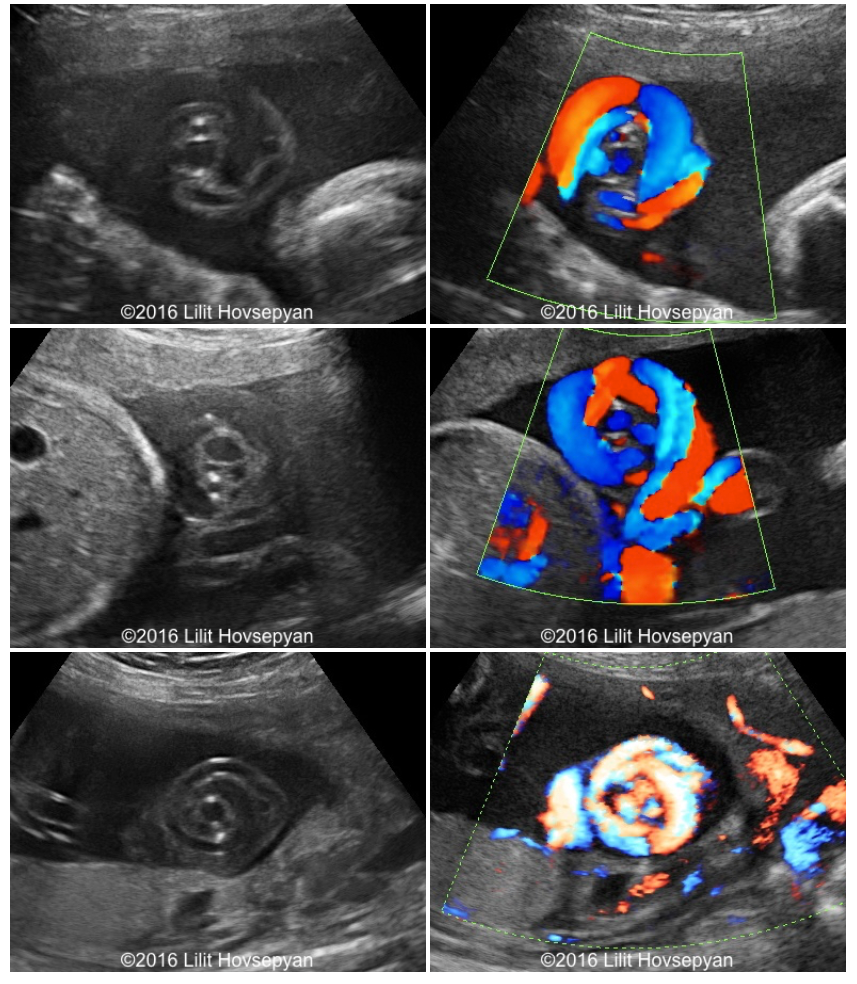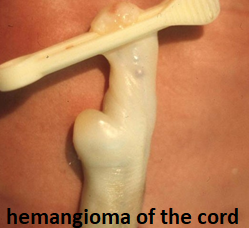Masses associated with the umbilical cord include the following (not exclusive):
- Omphalocele (cord runs through the middle of this mass as it protrudes from the umbilicus)
- Gastroschisis (cord usually found to the right of this mass)
- Umbilical herniation
- Teratoma of the umbilical cord
- Aneurysm of the cord
- Varix of the cord (may be intraabdominal)
- Hematoma of the cord (usually iatrogenic—cordocentesis or amniocentesis)
- True knot of the cord
- Angioma of the cord (well-circumscribed echogenic mass that may cause increased cardiac failure and hydrops—AFP level is increased; associated with a cyst because of transudation of fluid from a hemangioma)
- Thrombosis of cord secondary to compression or kinking, focal cord mass, true cord knots, velamentous cord insertion, cord entanglement in monoamniotic twins (commonly seen with fetal demise)
Discuss what these may look like and their implications-

